Air pollution is polluting the outdoor and indoor environment by any physical, chemical, or biological agent that modifies the natural characteristics of the atmosphere. Household flaming devices, industrial facilities, motor vehicles, and forest fires are common sources of air pollution. The major public health concern pollutant includes carbon monoxide, ozone, particulate matter, sulfur dioxide, and nitrogen dioxide. Indoor and outdoor pollution cause respiratory and other diseases and are important sources of morbidity and mortality.
World Health Organization (WHO) data shows almost all of the Global Pollution (99%) breathe air that surpasses WHO guideline limits and holds a high level of pollutants, with low and middle-income countries suffering from the highest hazards. Air status is closely linked to the earth’s climate and ecosystems globally. Many of the operators of air pollution (i.e., combustion of fossil fuels) are all sources of greenhouse grass emissions. Policies to decrease air pollution offer a win-win strategy for both health and climate. They are also lowering a load of diseases traceable to air pollution as well as contributing to the long-term and near mitigation of climate change.
Why it is Dangerous For People?
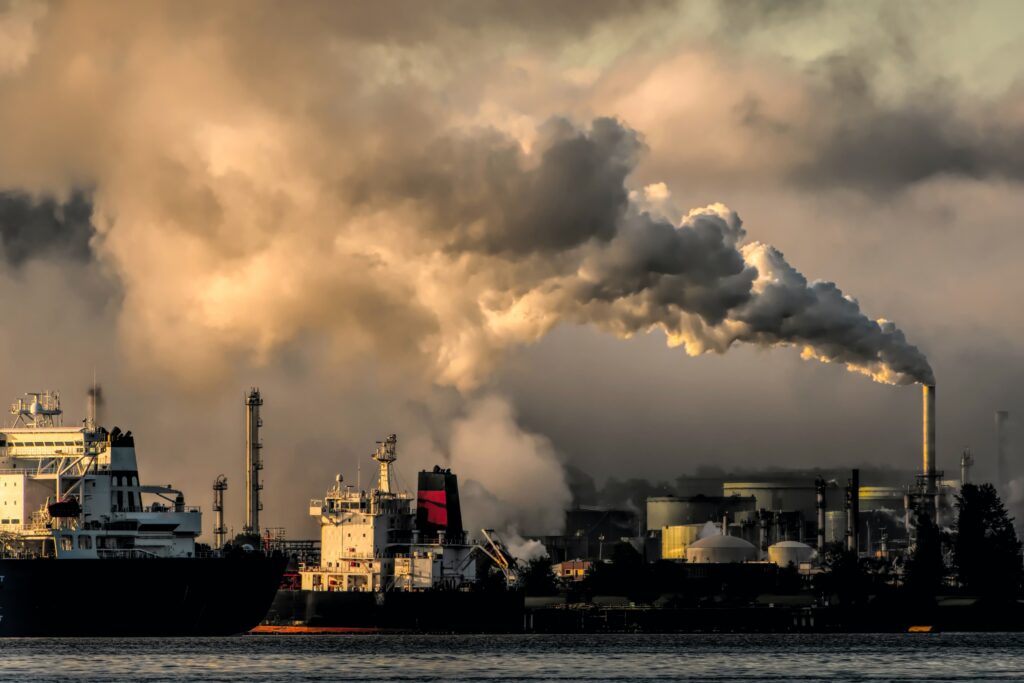
Pollution of air increases the risk of heart and respiratory diseases as well as causes lung cancer. Ozone is a major part of causing asthma, while sulfur dioxide and nitrogen dioxide can also cause asthma, lung inflammation, bronchial symptoms, and reduced lung function. Air pollution is hard to resist. Microscopic pollutants in the air can lapse past our body defenses, entering deep into our respiratory and circulatory systems and harming our hearts, lungs, and brains.
There are two main types of air pollution household air pollution and ambient air pollution refers to pollution caused by household combustion of fuels, i.e caused by burning of fuels like wood, coal and kerosene using open fires or stoves in ventilated spaces. Both outdoor and indoor air pollution can contribute to each other as air advances from inside buildings to the outside and vice versa.
Why it’s a Bigger Concern in North India than in Other Parts of India?
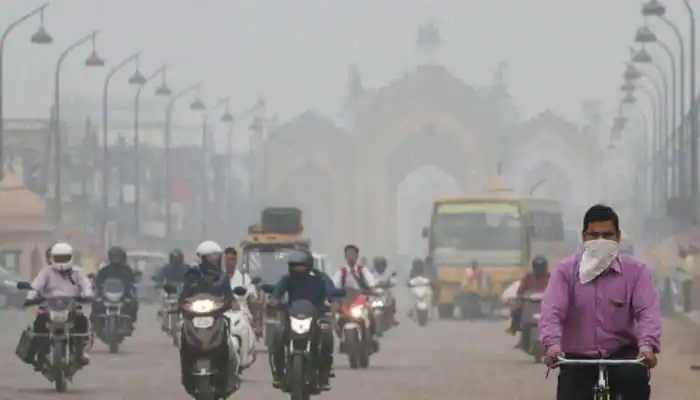
In 2018, The WHO released a list of the most polluted cities globally, and it turns out that they ranked cities in the base average annual PM2.5 concentration for the year 2016. There are 14 out of 20 most polluted cities in India. It is worth pointing out that all cities, including Kanpur, Faridabad, Varanasi, Gaya, Patna, Delhi, Muzaffarpur, Gurgaon, Agra, Lucknow, Patiala, Jaipur, and Jodhpur, are situated in the northern part of the country. Thus why does the northern part of India gets polluted? Is it all because of eruptive growth in vehicular population or the continual use of fossil fuel by industries or others?
While all these are pollution riddles, the innate disadvantages of the Indo Gangetic plain, coming from its geographical location and soil composition, cannot be governed.
Meteorology: Temperature conversion and stable wind conditions are characteristic features of winters in North India. While calm wind conditions avert the dispersal of pollutant emissions, the temperature conversion layer tends to trap pollution, thereby increasing the checked pollutants concentrations.
Wind Convergence Zone: The Indo-Gangetic plain is actually landlocked. According to a senior scientist, the Himalayas stop polluted air from escaping to the north, generating the so-called “Valley Effect.” Whereas other studies noted that the formation of the low-pressure channel across this region causes winds to converge, arresting local and outside pollution.
Loose Alluvial Soil: The Indus Ganga belt is the World’s largest stretch of unbroken alluvium deposits. As fertile as alluvium is, it is composed of loose incoherent particles. Thus dry alluvial soil notably contributes to wind-blown dust.
Why Does Air Quality Drop in Winter Months?
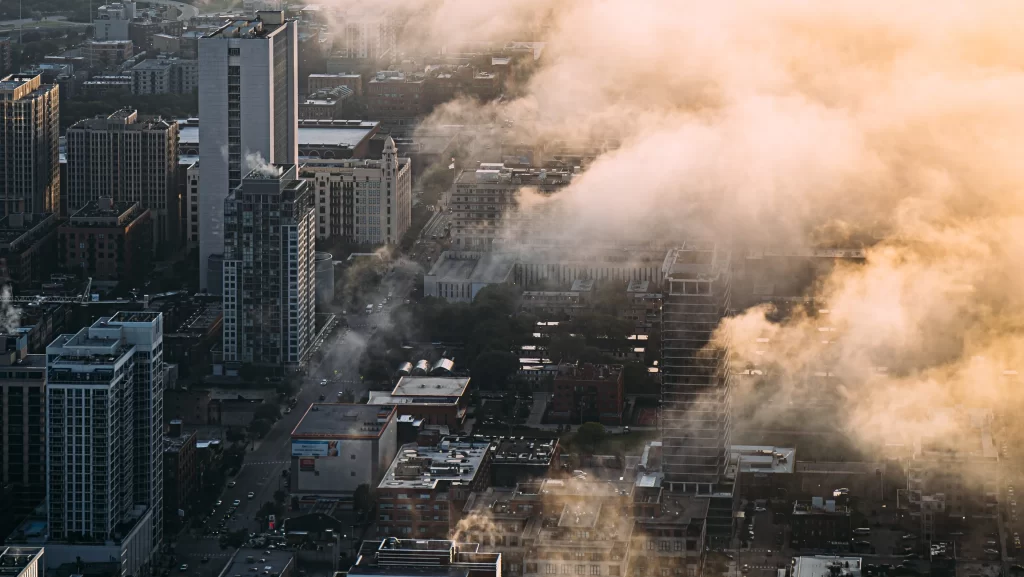
Polluted air is a truth of life in Indian cities throughout the year. However, the pollution over Northern India gets enhanced during the post-monsoon months due to a combination of human and atmospheric factors. These include the valley effect and winter inversion, apart from chronic culprits like vehicular and industrial emissions. Seasonal factors like crop fires, dust storms, and burning of solid fuels for heating during Diwali firecrackers also annoy the winter pollution crisis.
Air Pollution during Diwali
Well, air contamination is a major problem in our country; moreover, during the festival of Diwali where air pollution danger rises to high levels. Most importantly, there is an emission of a great amount of smoke on Diwali. The harmful effect of burning crackers stays for many days after Diwali. Also, air pollution is harmful to birds and animals.
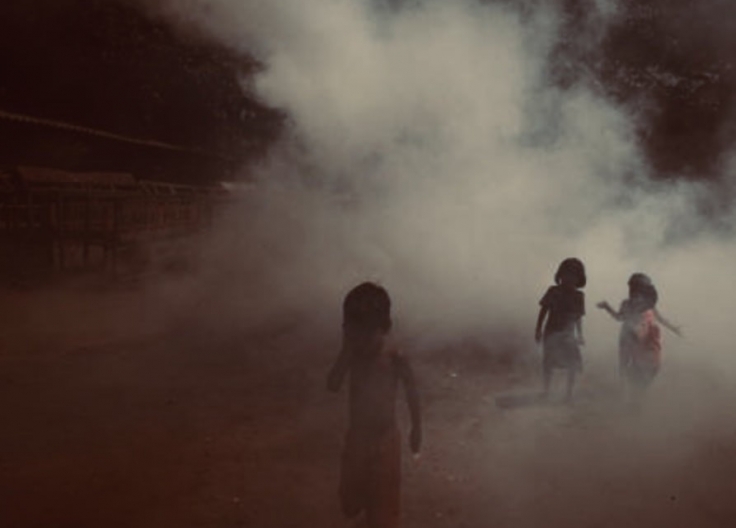
Delhi has always witnessed poor-quality air.
The number of factors that have been blamed for air’s poor quality are:
- Industrial emissions
- Traffic fumes
- Seasonal weather
- The burning of farm stubble in neighboring states
- Fireworks during Diwali
A 2018 study focused on crop burning did not coincide directly with the Diwali celebration, making it easier to separate the effect of fireworks. There is a increase in concentrations of PM2.5, one of the most dangerous particles to human health of almost 40% by the second day of the festival.
Main sources of Air Pollution
There are four main types of sources:
- Mobile sources: Cars, trains, buses, trucks, and planes.
- Stationary sources include oil refineries, industrial facilities, power plants, and factories.
- Area sources include cities, agricultural areas, and wood-burning fireplaces.
- Natural sources: Such as wildfires, volcanoes, and wind-blown dust.
How Air Pollution can be Controlled or Diagnosed?
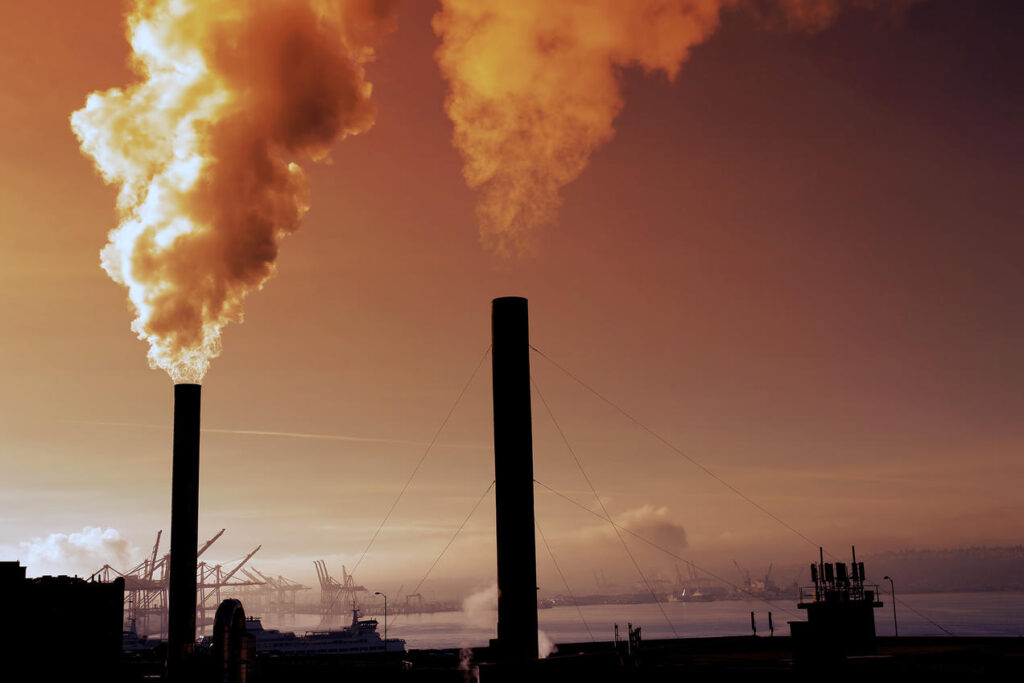
Individuals can adopt some important measures to donate towards preventing air pollution. They are:
- Reusing and Recycling products: The reusing of products, the amount of energy that goes into producing another one of that product is managed. Further, reusing the products is more energy efficient than producing new ones.
- Switching off the lights when they are not used: The majority of electricity is manufactured by the combustion of fossil fuels which are large contributors towards air pollution. Therefore preserving electricity is an effective way of preventing air contamination.
- Avoiding the burning of garbage and smoking: Garbage burning is a huge donator to air pollution. Another donator to air pollution is smoking cigarettes. Avoiding these activities and spreading awareness of their negative impact can be a great help in the prevention of air pollution.
- Avoiding the use of firecrackers: Firecrackers are used on certain occasions. However, they harm the environment and health as they cause high-level air pollution. Personally, avoiding the burning of firecrackers and spreading awareness will be a great help to prevent air pollution.
- Usage of public transport and carpooling: By decreasing the amount of fuel combusted for an individual’s transportation need, he/she can lower the amount of pollutants being released into the atmosphere, which will cause less air pollution. Also, these things are economically efficient and can save money.
Political Aspects of Different Parties, especially in Delhi
In 2014, when WHO declared Delhi the world’s worst polluted city, the national capital became India’s air pollution profile. Since then, Delhi has been marked as the ‘Gas Chamber’ by its own ruling government. Courts have called out the Delhi Government for performing ‘Genocide,’ allowing a public health emergency of such a large scale. Every year since, from Diwali and stubble-burning flaming season till the end of the winter, politicians declare a bunch of measures that fail to address the fundamental cause of the problem. In 2019, the Delhi Health Government had to announce a public health emergency. Despite announcing a 25% reduction in air pollution just a week before.
Parties Views
In the lead upto Delhi, URJA (United Residents Joint action) delivered the People’s Green Manifesto 2020. Which presents ten main demands of the Delhiites to manage water, air, and solid pollution in a way that makes the city resource-wise and sustainable by 2015.
The ruling AAP party in Delhi has been at its ache to stress that the air pollution is not primarily an outcome of stubble burning in Punjab, which the party also rules. The declaration comes in the face of the BJP, accusing the Punjab and Delhi governments. They both under the AAP failing to control farm fires in Punjab. Addressing a press conference on 2 November 2022, Gopal Rai, Delhi’s Environment Minister, stated vehicles are contributing 50% to Delhi’s air pollution. He added stubble burning adds to Delhi’s existing pollution.
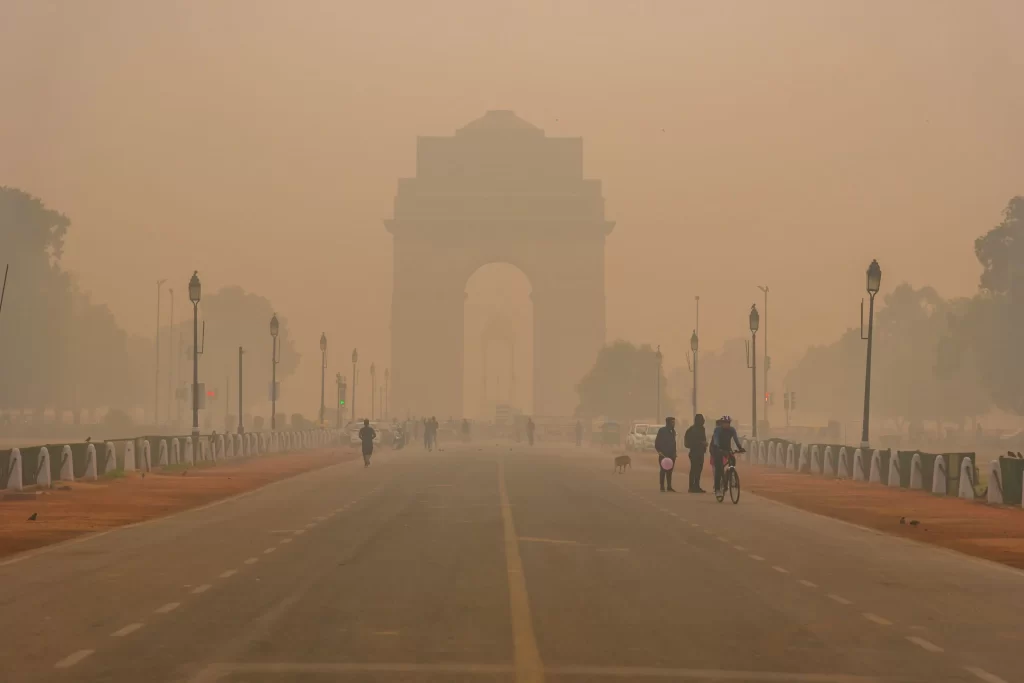
The BJP, on the other hand, accused the Punjab and Delhi governments of not doing necessary activities to control pollution of air. And also demanded the resignation of the Chief Ministers of both states. At a Press Conference on 1 November 2022, Gaurav Bhatia, BJP Spokesperson, declared that the incidents of stubble burning in Punjab had risen up to over 10,000 this year. As compared to around 7,000 in the previous year. Contrary to that, he stated that in Haryana, the incidents of stubble burning had gone down from 1,925 to 2,873. He also declared that the centre had given Punjab Rs 1,350 crore against Rs 693 crore to Haryana to check stubble burning.
List of polluted cities in India
| City name | AQI level |
| Bhiwadi (Rajasthan) | 106.2 |
| Ghaziabad (Uttar Pradesh) | 102 |
| Delhi (Delhi NCR) | 96.4 |
| Jaunpur (Uttar Pradesh) | 95.3 |
| Noida (Uttar Pradesh) | 91.4 |
| Baghpat (Uttar Pradesh) | 89.1 |
| Hisar (Haryana) | 89 |
| Faridabad (Haryana) | 88.9 |
| Greater Noida (Uttar Pradesh) | 87.5 |
READ ALSO: Sardar Vallabhbhai Patel

